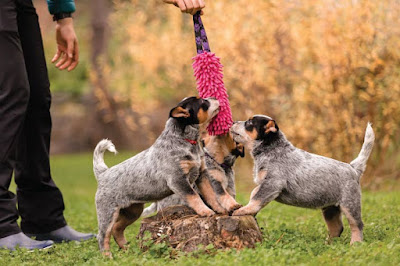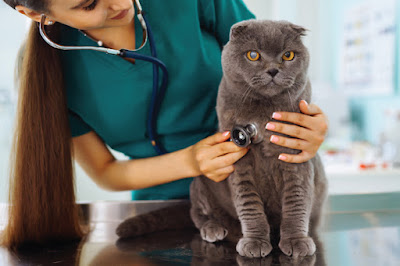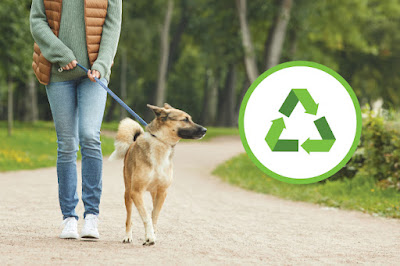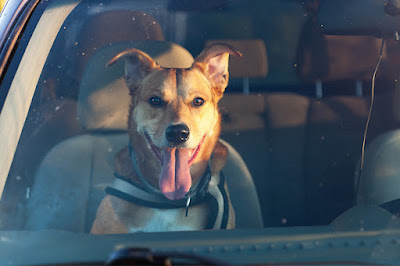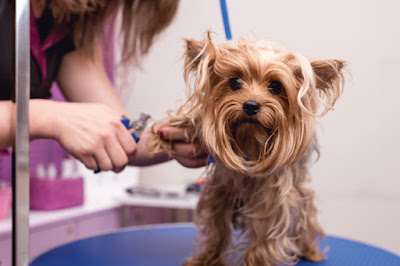
Dogs
are intelligent, compassionate, loyal, and loving companions. To us humans,
dogs have rightfully earned the moniker of ‘man’s best friend'. However, it
isn’t always the easiest thing to take care of a dog, as even people with the
purest intentions can make a few mistakes in their care. To help dog owners
avoid mistakes and mishaps, we’ve compiled a short list with tips from pet
vets to help you steer clear of unwanted or dangerous situations, whether
you are at home or embarking on international pet transportation.
Here Are 8 Things You Should Never Due to Your Dog, According to Vets
- Do Not Let Them Run with Sticks - Most dogs love a game of fetch and watching them trot about with a stick in their mouth can be adorable to witness. However, in doing so, you run the risk of injury, as such sticks can often get stuck in the ground and lead to injuries for an excited dog who cannot notice the stick is stuck. Such a stick can impale your dog, with such injuries being distressing, painful, and in some cases even fatal. To get around this, never throw a wooden stick in a game of fetch; opt for a soft toy or a rubber ball instead.
- Do Not Use a Retractable Leash - As an owner, you should never use a retractable leash when walking your dog outdoors. Such leashes can get twisted around your hand and cause friction burns like a measuring tape, and they are also hard to retract during an actual emergency where they can injure both your dog and a member of the public. Such leashes typically extend to 10 feet or so, and grabbing such a leash while your dog is trying to dart about can lead to serious injuries. Avoid these products and stick to traditional leashes and collars.
- Do Not Use a Choke Collar - Pulling on your dog’s leash occasionally is normal, as it is necessary to stop their curiosity from causing them harm in public. However, routinely jerking on your dog’s leash can lead to neck injuries and should never be done for disciplinary reasons. Frequently yanking on your dog’s leash can fracture the hyoid bone near the base of the tongue and cause plenty of problems. Additionally, such a collar chokes the dog if the dog is running away, which is also dangerous as a constriction and suffocation hazard.
- Do Not Use Sunscreen - While it may seem like a natural thing to do, your dog already has natural sun protection thanks to their thick fur coats. Sunscreen can be toxic to dogs due to certain ingredients, and these can be dangerous if ingested. Therefore, avoid putting any sunscreen on your dog; they have a natural layer of protection as it is.
- Antibiotic Ointment - Dogs will get themselves minor cuts and scrapes. This is a natural part of daily life and exploration, and it is also natural to want to tend to such wounds as they happen. However, humans and animals have fundamentally differing physiologies, and therefore antibiotic ointments and crams meant for human use should never be used on dogs. Many ingredients used in such ointments may be safe for humans but are dangerous to dogs, so keep them away from your pet and consult your vet on how to treat a cut or scrape instead.
- Do Not Let Them In Your Bathroom - Pets should be kept out of the bathroom as a rule. Toilet water is not fit for consumption, so keep the lid lowered and make sure your dog cannot access the toilet bowl. Toilets also contain plenty of chemicals and cleaning agents which can be toxic to dogs, so consider pet-proofing your bathroom if your dog is someone who likes to explore.
- Do Not Give Your Dog Ice - With summers around the corner, you're likely considering a few ice cubes in your dog's water bowl to beat the heat. However, ice can easily chip your dog's teeth, even breaking them in a few cases, with the larger teeth located in the back of their mouth being particularly susceptible to breakage. Broken teeth can easily catch an infection, which will then have to be remedied via a root canal or tooth extraction. Given that these conditions are both painful for your dog and expensive to fix, it is best to avoid serving ice to your dog.
- Do Not Serve Table Scraps - It may seem harmless, but as a habit, you should avoid serving your dog table scraps, no matter how adorable those puppy-dog eyes may be. Human foods can oftentimes be harmful to your dog, especially when considering the nutritional content of certain foods. Foods with too much fat or sugar will lead to various problems for your pet, such as pancreatitis or obesity.
To
conclude, there are
several things that pet owners may be doing to their dogs unknowingly.
Regardless of whether you are at home or travelling on an international pet relocation, these tips should help keep your dog safe, healthy, and happy.
Remember to consult your vet before implementing any changes to your dog's
life.
